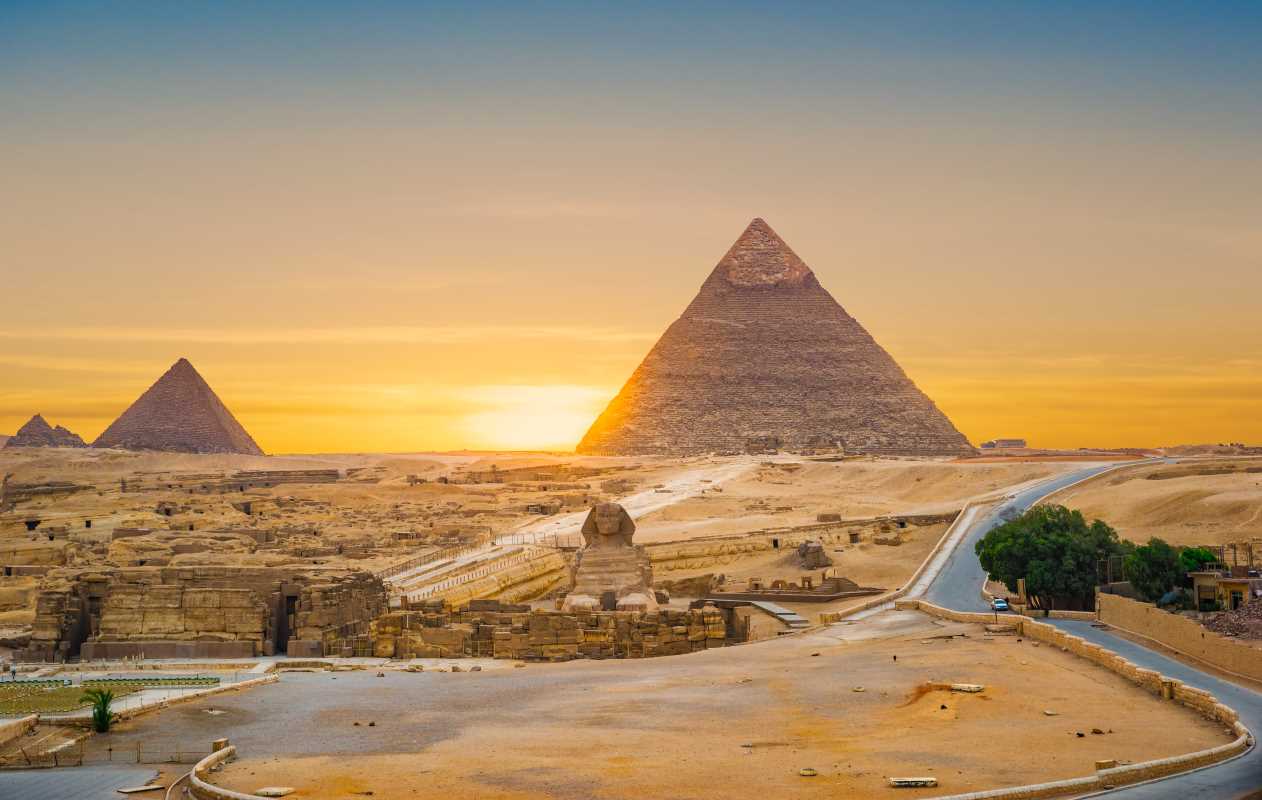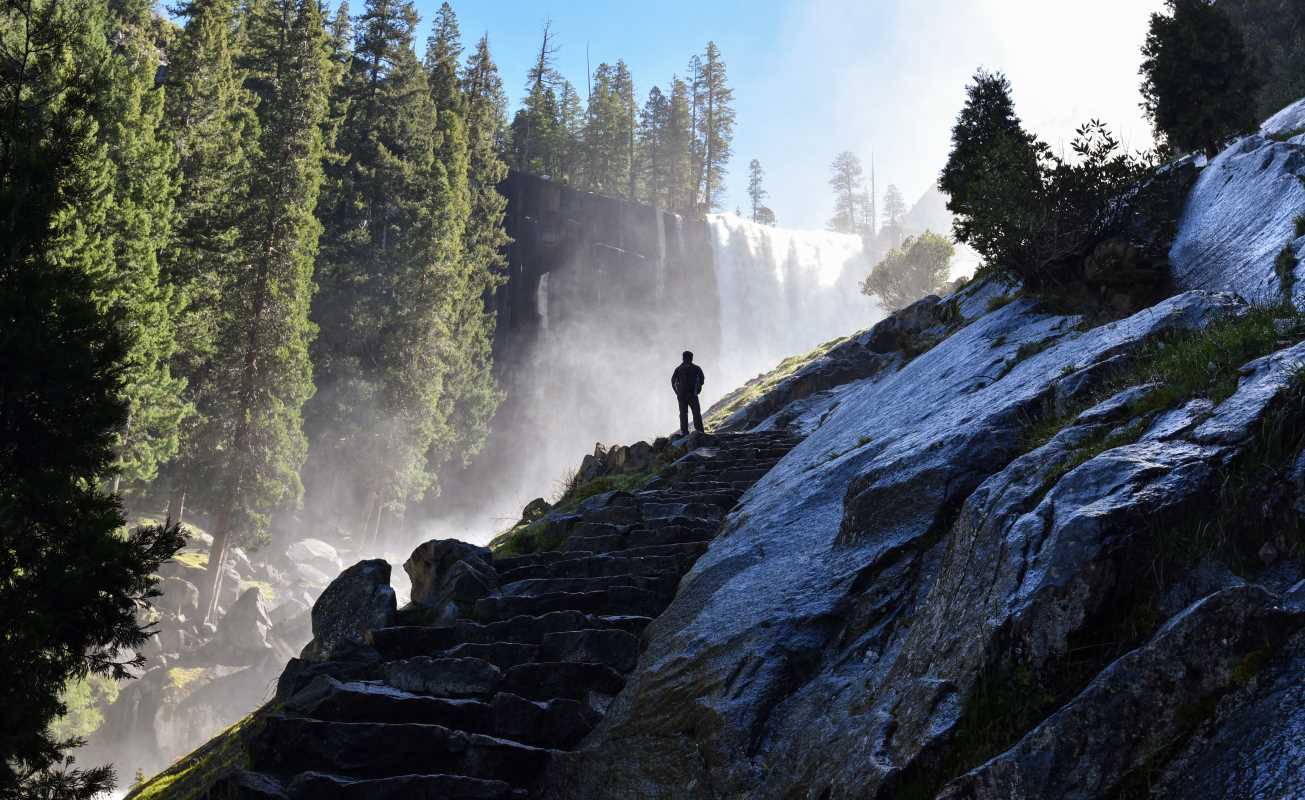The Pyramids of Giza stand as monumental testaments to the ancient Egyptian civilization’s architectural prowess, engineering skills, and deep-seated beliefs about the afterlife. Situated on the outskirts of Cairo, these iconic structures have captivated visitors for centuries. This guide will delve into the fascinating history of the pyramids, offer practical tips for visiting, and explore the enduring mysteries that surround these ancient wonders.
A Brief History of the Pyramids
The Pyramids of Giza are part of a complex that includes three primary pyramids: the Great Pyramid of Khufu (Cheops), the Pyramid of Khafre (Chephren), and the Pyramid of Menkaure. Built during the Fourth Dynasty of the Old Kingdom, around 2580–2560 BCE, the pyramids served as tombs for the pharaohs, reflecting their divine status and the Egyptians' beliefs in the afterlife.
The Great Pyramid of Khufu
The Great Pyramid, the largest of the three, originally stood at 146.6 meters (481 feet) but now reaches about 138.8 meters (455 feet) due to the loss of the outer casing stones. Built for Pharaoh Khufu, it is estimated to have taken around 20 years to complete, employing thousands of laborers and sophisticated engineering techniques. The pyramid consists of approximately 2.3 million blocks of stone, some weighing as much as 15 tons.
The Pyramid of Khafre
Khafre’s pyramid appears taller than Khufu’s due to its elevated position and the remnants of the original casing stones at its peak, giving it a distinct appearance. This pyramid is also notable for the Great Sphinx, a colossal limestone statue with the body of a lion and a human head, believed to represent Pharaoh Khafre.
The Pyramid of Menkaure
The smallest of the three, the Pyramid of Menkaure, is significantly shorter than its counterparts, standing at 65 meters (213 feet). Despite its size, it showcases intricate burial chambers and is surrounded by three smaller pyramids that are thought to be the tombs of queens.
Visiting the Pyramids: Practical Tips
When planning a visit to the Pyramids of Giza, there are several factors to consider to ensure an enjoyable experience.
Best Time to Visit
The ideal time to visit the pyramids is during the cooler months, from October to April, when temperatures are more bearable. Early mornings or late afternoons provide the best light for photography and fewer crowds, allowing for a more intimate experience with these historical marvels.
Getting There
The Pyramids of Giza are easily accessible from Cairo. Visitors can take a taxi or arrange a private driver. Alternatively, several tour companies offer guided excursions from Cairo, providing transportation and insights from knowledgeable guides.
Entrance Fees and Tickets
As of now, visitors need to purchase tickets to access the Giza Plateau, which includes the pyramids, the Sphinx, and the surrounding area. There are different ticket options available, including general admission and special access to specific tombs or areas. It's advisable to check for the latest pricing and regulations before your visit.
Dress Appropriately
Comfortable clothing and sturdy footwear are essential for exploring the pyramids and the surrounding areas. The terrain can be uneven, and you'll likely be walking on sand and rocky paths. Additionally, wearing sunscreen and a hat is recommended to protect yourself from the sun.
Exploring the Area
In addition to the pyramids, the Giza Plateau is home to several other sites worth exploring, including:
- The Great Sphinx: Located near Khafre's pyramid, the Sphinx is an essential part of the Giza experience. Take time to appreciate its scale and the mystery surrounding its origin.
- Solar Boat Museum: Situated near the Great Pyramid, this museum houses the reconstructed Khufu ship, believed to have been built for Pharaoh Khufu’s journey into the afterlife.
- Tomb of Meresankh III: Located nearby, this tomb provides insights into the burial practices of the ancient Egyptians and showcases beautiful wall paintings.
Uncovering the Mysteries
The Pyramids of Giza are shrouded in mysteries and legends that continue to intrigue historians, archaeologists, and visitors alike.
The Construction Techniques
One of the greatest mysteries surrounding the pyramids is how they were constructed. While it is widely accepted that a large workforce was involved, the exact methods remain a subject of debate. Various theories suggest the use of ramps, levers, and other innovative techniques to move and position the massive stone blocks. Recent archaeological findings continue to shed light on this process, but the complete picture is still unclear.
The Purpose of the Pyramids
While it is well established that the pyramids served as tombs for pharaohs, the full extent of their purpose goes beyond mere burial sites. They were designed as monumental structures to honor the deceased and facilitate their journey to the afterlife. The alignment of the pyramids with celestial bodies suggests a deep connection to astronomy and religious beliefs, highlighting their significance in ancient Egyptian cosmology.
The Lost Treasures
Many ancient texts reference the vast treasures buried with pharaohs in their pyramids. While grave robbers have looted most tombs over the centuries, some believe that hidden chambers or treasures still lie undiscovered within the Great Pyramid. Archaeologists continue to explore the pyramids, employing advanced technologies like ground-penetrating radar to uncover hidden structures.
Theories about the Sphinx
The Great Sphinx’s origins and purpose are equally enigmatic. While it is widely believed to represent Pharaoh Khafre, theories about its construction date back even further, leading to speculation about its role in ancient Egyptian religion and mythology. Additionally, erosion patterns on the Sphinx have sparked debates about its age, suggesting it may have stood for thousands of years longer than previously thought.
Visiting the Pyramids of Giza is not just a journey to witness ancient structures; it’s an exploration of history, culture, and mystery. From their impressive construction and historical significance to the enchanting stories they hold, the pyramids offer a unique window into the past. By planning your visit thoughtfully and keeping an open mind about the mysteries that surround these ancient wonders, you can create an unforgettable experience that resonates long after your trip. Whether you’re standing in awe before the Great Pyramid or wandering the sands at the base of the Sphinx, the Pyramids of Giza promise an adventure unlike any other.







